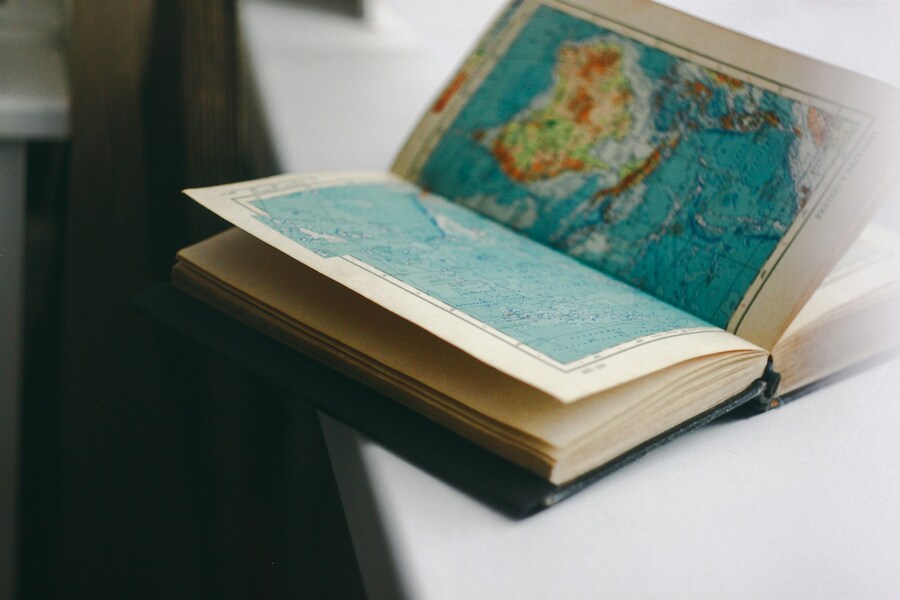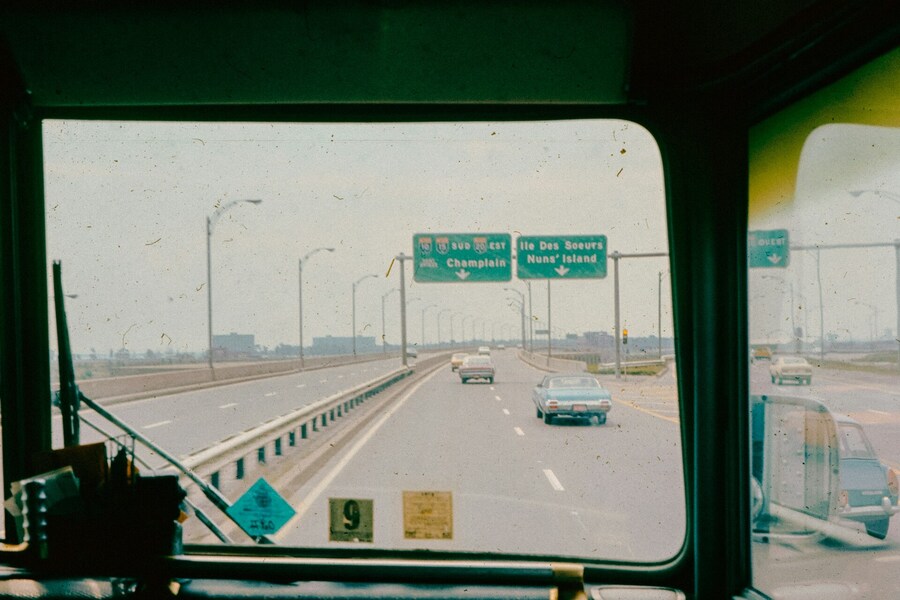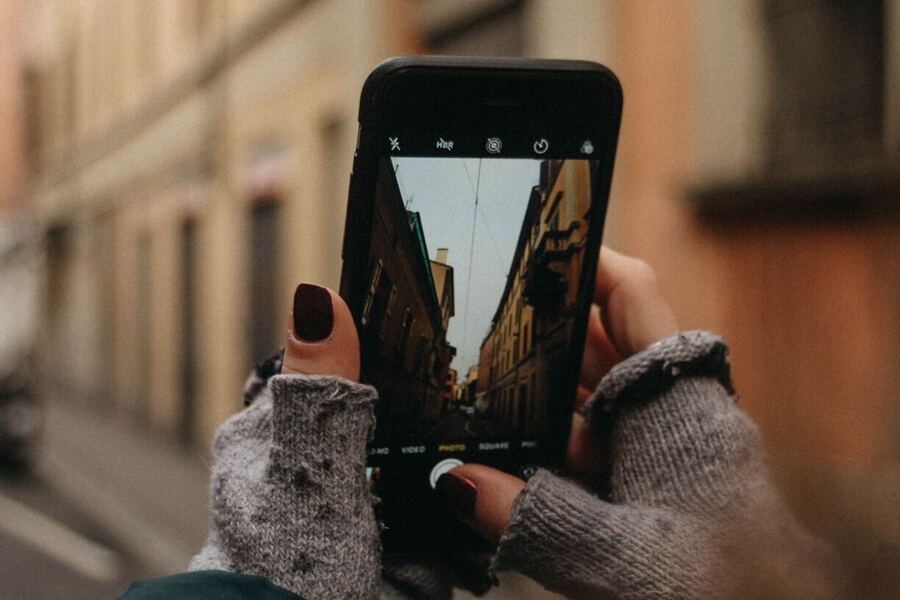Travel creates profound, transformative experiences, but the vivid memories quickly fade upon return. The modern traveler's core challenge is to save the soul of the journey, bottling those fleeting moments before they retreat into the past. This preservation struggle centers on the choice between two methods: the tactile, deliberate world of analog (journals, film) and the immediate, high-volume expanse of the digital frontier (smartphones, cloud storage).
Are we truly documenting our trips, or just accumulating data? This travel guide explores the philosophy of both approaches, examining how each tool shapes the memory it captures, and ultimately argues for a harmonious, hybrid approach that leverages the unique strengths of each medium. So, let's get to the point!
What are the real tools we need to preserve the fleeting essence of adventure?
The act of preparing for a journey is, in itself, a form of memory creation, laying the groundwork for the narratives that will later be told. Beyond packing the right clothes and booking accommodation, the modern traveller must also manage logistics that maximize the ease and peace of mind necessary for true immersion. This often starts before one even leaves home, specifically with securing transportation and parking. For example, using a service like ParkingNearAirports.io can dramatically simplify the pre-flight routine, offering a seamless way to reserve off-site parking. Smart travellers today understand the value of using an airport parking app to compare rates and secure a spot, often unlocking significant parking discounts well in advance of their trip. Being proactive about managing things like airport parking fees transforms a potential source of pre-travel anxiety into a simple checklist item, freeing up mental space that can then be dedicated to the actual experience and the subsequent task of memory preservation. With the logistics sorted, the focus shifts entirely to the journey itself, and how best to capture its essence.
The depth of the moment

Source: pure julia/Unsplash
The case for physical memory-keeping is fundamentally a case for slowness, intentionality, and sensory engagement. Analog methods – the travel journal, film photography, a scrapbook – require manual labor that digital systems bypass. This necessary friction is the mechanism through which deeper, more meaningful memories are forged.
Consider the act of journaling. Writing with a pen and paper imposes a conscious pause, demanding reflection and distillation of the experience. The physical act of writing compels a deeper engagement with the internal, emotional truth of the moment – not just what happened, but how it felt. Sensory cues like the weight of the book or the scent of the paper become intertwined with the memory. Years later, reopening the journal allows you to re-experience the atmosphere because the memory is attached to a physical artifact that transcends the purely visual record.
Film photography operates on a similar principle of scarcity and deliberation. A limited roll of 36 exposures forces rigorous discipline; every shot must be carefully considered, increasing the photographer's presence in the moment. The crucial delay inherent in developing the film allows the memory to mature. When the prints arrive weeks later, they trigger a powerful, delayed recognition. The medium's imperfections – graininess, light leaks – lend an undeniable soul to the image, rooting it firmly in physical reality.
Scrapbooking is the ultimate synthesis of these principles. It involves assembling physical ephemera – ticket stubs, maps, and handwritten notes – alongside photos, turning memory-keeping into a hands-on, multi-sensory art project. The tangible texture of a ticket placed next to a personalized note is a memory anchor that a digital file cannot replicate. This slow process transforms raw experience into a curated narrative, embedding the memory deeper into our cognitive structures. Analog methods filter for quality over quantity, enforcing an intimacy with the moment.
The power of the pivot

Source: Annie Spratt/Unsplash
If analog methods are about depth, digital methods are unequivocally about breadth and immediacy. The power of the digital sphere – dominated by phone photos, video clips, and cloud storage – lies in its capacity for instant, high-volume capture and near-perfect preservation. Digital memory-keeping is the ultimate safeguard against the regret of the "moment that got away." It ensures that nothing, regardless of its perceived importance at the time, is completely missed.
The smartphone camera is perhaps the single greatest democratizing tool in travel memory. Its constant presence and zero-friction operation allow a traveller to pivot instantly from experiencing a moment to documenting it. Did a flock of birds suddenly take flight? Did a street vendor perform an unexpected act? Did a spontaneous, shared laugh erupt among companions? Digital capture excels at these ephemeral, unrepeatable instances. The speed of the shutter and the immediacy of the review screen mean that a vast, comprehensive factual record of the journey can be amassed with minimal effort. This breadth of capture is a profound advantage. While the analog journal captures the internal state of the traveller, the digital archive captures the external facts and periphery details of the environment that might otherwise be forgotten.
Moreover, the digital environment's capacity for video is something analog cannot truly touch. A few seconds of a bustling market, the sound of a foreign language, the specific tone of a companion's voice, the way the light fell in the late afternoon – these video clips are immensely rich, multi-sensory snapshots that provide a level of archival fidelity that a still image or written word struggles to achieve. Video captures the movement and sound of life, essential components of a memory. A traveler can easily capture hundreds of such short vignettes, later weaving them into a digital narrative that provides a dynamic, immersive re-experience of the trip.
The second core advantage is instant accessibility and sheer volume. The sheer number of photos and videos we take is often criticized as digital "clutter," yet it's also a form of hyper-detailed documentation. A traveler can capture the menu of every restaurant, the details of a fascinating museum plaque, the train schedule, and every street sign. These are the factual, logistical anchors of a trip that might seem insignificant but become invaluable when trying to reconstruct a specific day months or years later. More importantly, cloud storage offers a near-permanent, fireproof, and geographically redundant backup. The fear of losing a physical journal or a box of developed photographs to a disaster is eliminated. The digital archive is instantly shareable, allowing family and friends to experience the journey in real-time or soon after, transforming the act of memory-keeping into an act of communal storytelling. The digital method is the champion of documentation, ensuring that the empirical truth of the journey is preserved with efficiency and speed.
The art of the hybrid memory

Source: Dorel Gnatiuc/Unsplash
The conclusion, the answer to the question of which method truly saves the soul, lies not in choosing a side, but in recognizing that the soul of a journey is a complex entity that requires both depth and breadth for complete preservation. The soul of a journey is best preserved by combining the depth of analog with the breadth of digital.
The error is to treat the two methods as antagonists rather than collaborators. They are designed to serve fundamentally different, yet equally necessary, functions in the process of memory-making. Analog tools are introspective; they are designed for personal reflection and the capture of emotional truth. Digital tools are extroverted; they are designed for factual documentation and the comprehensive capture of external reality.
The true art of the hybrid memory is a conscious, disciplined practice that assigns the right task to the right tool. For example:
- The digital sweep. The smartphone is used liberally for all factual, logistical, and peripheral documentation: photos of street art, menus, maps, all travel confirmations, short video clips of fleeting action, and high-volume photos of scenes that might be useful later. This creates the foundational archive – the comprehensive, accessible record.
- The analog anchor. The journal is reserved for moments of deliberate stillness. After a particularly meaningful encounter, or at the end of a long day, the traveller sits down and uses the analog space for reflection. This is where the emotional processing happens – writing about the feeling of the cold air, the difficulty of a cultural gap, the sheer joy of a simple meal. This is where the meaning of the trip is crystallized.
- The hybrid synthesis. Upon returning home, the final act of preservation unites the two streams. The digital photos are edited and perhaps printed – the best few images, those that tell the most powerful stories. These curated prints are then incorporated into the physical scrapbook or placed inside the journal, alongside the ticket stubs and the handwritten text. This final artifact, the hybrid memory, is richer than either method could achieve alone. The digital photo provides the crystal-clear visual; the handwritten caption provides the emotional context.
The soul of a journey isn't saved by data volume or physical weight; it's saved by engagement. Analog forces engagement in the moment of capture (through slowness and deliberation), while digital allows for a different kind of engagement – an all-encompassing freedom from worry about documentation, creating a safety net for all external reality.
Ultimately, the deepest, most cherished memories aren't just about what we saw, but how we were changed by it. The analog practice ensures this internal change is recorded, while the digital record ensures we can always verify the external details that triggered that change. The most effective traveller is the one who carries both a pen and a charging cable, recognizing that the complete, truest memory of a journey – its living, breathing soul – can only be preserved in the conversation between the tactile past and the accessible future.
Conclusion
The choice between analog and digital is a false one. They are complementary tools, not rivals. Digital is the essential archivist, excelling at speed, volume, and redundancy to preserve the external, factual record of the journey. Conversely, Analog is the essential interpreter, using friction, slowness, and texture to anchor the internal, emotional truth of the experience in a physical artifact.
To fully save the soul of a journey, you must create a hybrid memory – a tapestry woven from the factual breadth of the digital camera and the emotional depth of the journal. The best strategy is balanced: use digital to capture everything and analog to reflect on what matters most. In this blend, the memory isn't just documented, but truly understood.






